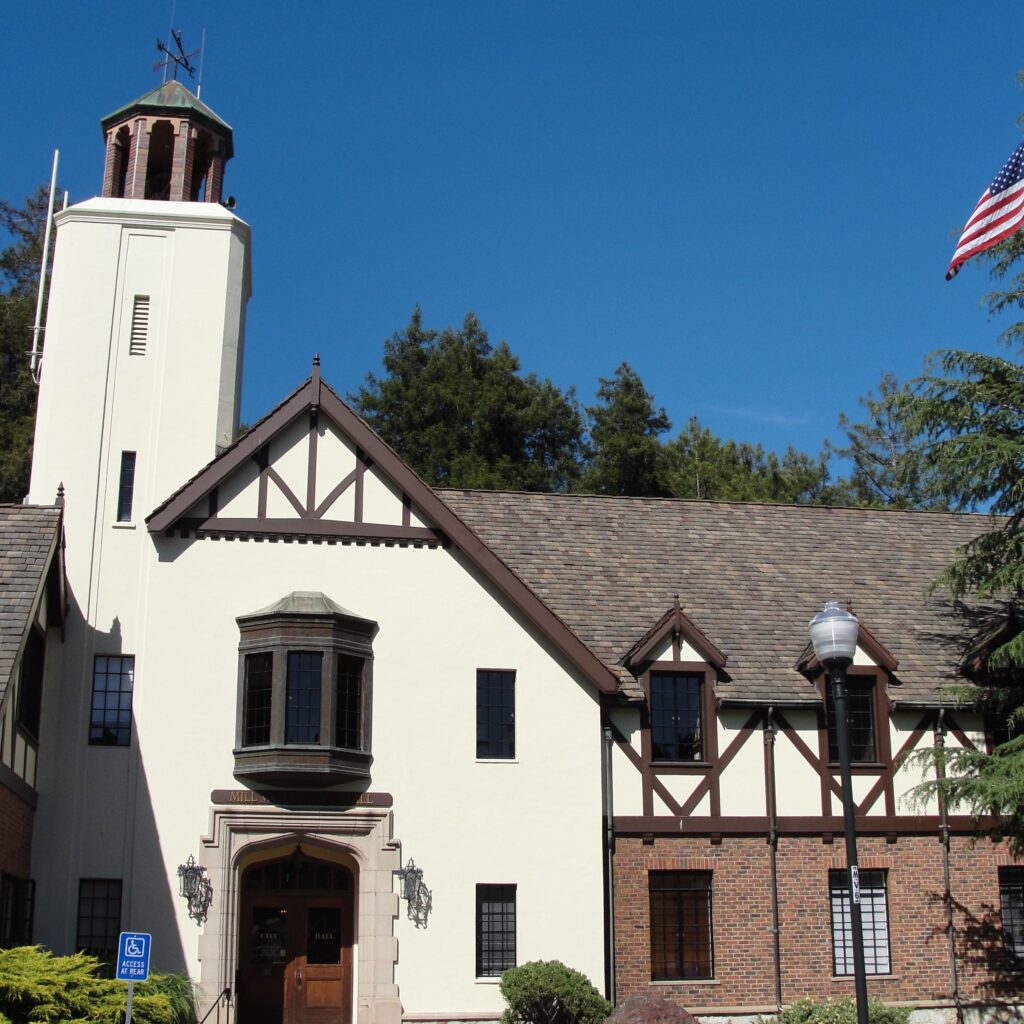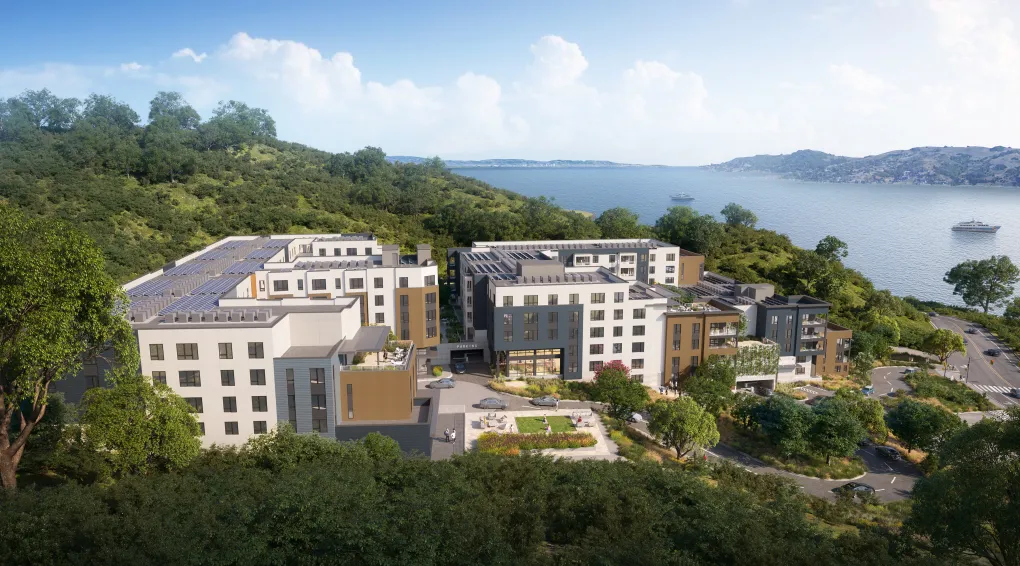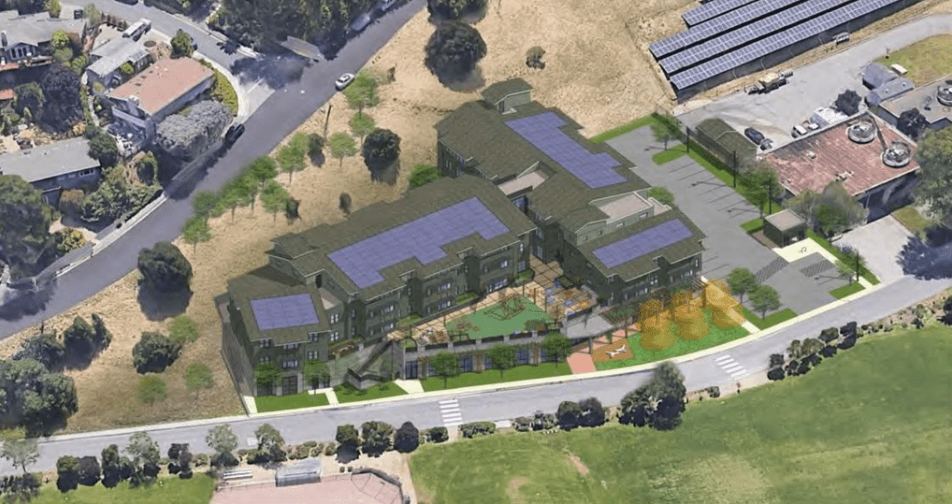
“Through boom, bust and pandemic, California’s Legislature has ended each session with a blitz of new laws that aim to make housing more plentiful and affordable. Statewide rent control. Moves to encourage backyard units. A dismantling of single-family zoning rules. The barrage continued in this year’s session, concluded (last month), when lawmakers passed a pair of measures that aim to turn retail centers, office buildings and parking lots into potentially millions of future housing units — moves that caused many political observers to reconsider what is politically possible.”
So wrote New York Times reporters Conor Dougherty and Soumya Karlamangla In 2022, noting that Gov. Newsom and his Attorney General Rob Bonta made an increasingly aggressive effort to enforce housing laws already on the books. Newsom went so far as to tell the the San Francisco Chronicle that “NIMBYism is destroying the state.”
On the receiving end of that oft-frustrating avalanche of housing legislation and the disparate opinions about if and how to implement them are longtime government servants like City of Mill Valley Senior Planner Danielle Staude, who is among those at City Hall charged with digesting new housing policy and implementing in a way that is right-sized for Mill Valley. The state continues to be serious about streamlining the review, approval and construction of housing,” Staude said at the time. State laws continue to streamline ADUs and facilitate building on commercial sites. There are also more regulations about certain projects that get streamlined review and bi-right approvals.”
So where are we in 2025?
We’ve seen the emergence of significant projects in Marin from the likes of Bruce Dorfman’s workforce housing project for teachers and Steve Geiszler‘s step forward on Sunnyside Ave. in recent months, with potentially some new projects from people like Roy Nee, and perhaps something on Miller Avenue. There’s also been movement at Mallard Point in Tiburon, and certainly even moreso further north in San Rafael and Novato. And obviously we can point to the 1 Hamilton development on city-owned land.

Marin Workforce Housing Complex Edges Toward Construction Phase, Co-Powered by MV Residents’ Education Housing Partners – 250-Unit Affordable Apartment Project Near San Quentin For Teachers & County Employees
Unless you’ve had your head in the sand in recent weeks, you’ve likely at least skimmed ‘Abundance,’ a book from journalists Ezra Klein and Derek Thompson that focuses on how Democrats can re-find their way.
One way is to directly address why it has become much more expensive and cumbersome to build housing in Marin and just about anywhere. “We put into place all kinds of ways for citizens to exercise their voice when something they don’t like is happening. They can go to the planning board meeting. They can sue under the California Environmental Quality Act or sometimes under the National Environmental Policy Act. There are just a million of these, depending on which particular process you’re looking at. The people who show up to block an affordable housing complex are the people who live on that block now, not the people who would live on that block if the complex was built.”
Klein and Thompson’s tome also focused on a section of the fiasco of high-speed rail in California. “Look, China’s built 23,000 miles of high-speed rail in the period of time that California was failing to build 500 miles,” Klein told Conversations with Tyler.”
“Democrats allowed an affordability crisis to metastasize on their watch in ways they cannot blame perception or messaging for,” Klein wrote in an essay in the New York Times. “If they are going to marginalize MAGA, they need more than a resistance; they need new answers that admit past failures.”

1 Hamilton
In 2023, California saw a net loss of 268,000 residents; in Illinois, the net loss was 93,000; in New York, 179,000. Why are they leaving? In surveys, the dominant reason is simply this: The cost of living is too high. It’s too expensive to buy a house. It’s too expensive to get child care. You have to live too far from where you work. And so they’re going to places where all of that is cheaper — Texas, Florida, Arizona.
For Democrats, this is a political crisis,” Klein says. “In the American system, to lose people is to lose power. If these trends hold, the 2030 census will shift the Electoral College sharply to the right. The states that Kamala Harris won in 2024 will lose perhaps as many as a dozen House seats and Electoral College votes. The states that Trump won would gain them. In that Electoral College, a Democrat could win every state Harris won in 2024 plus Michigan, Pennsylvania and Wisconsin and still lose.
And here is the ultimate rub: “It is also a spiritual crisis: You cannot be the party of working families when the places you govern are places working families cannot afford to live,” Klein writes. “You are not the party of working families when the places you govern are places working families can no longer afford to live. This is the policy failure haunting blue states. It has become too hard to build and too expensive to live in the places where Democrats govern. It is too hard to build homes. It is too hard to build clean energy. It is too hard to build mass transit. The problem isn’t technical: We know how to build apartment complexes and solar panel arrays and train lines. The problem is the rules and the laws and political cultures that govern construction in many blue states.”
“The populist right is powered by scarcity,” Klein says. “When there is not enough to go around, we look with suspicion on anyone who might take what we have. That suspicion is the fuel of Trump’s politics. Scarcity — or at least the perception of it — is the precondition to his success.”
Thompson and Klein are tapping into a new throughline for future governance. “The answer to a politics of scarcity is a politics of abundance, a politics that asks what it is that people really need and then organizes government to make sure there is enough of it,” Klein says. “That doesn’t lend itself to the childishly simple divides that have so deformed our politics. Sometimes government has to get out of the way, as in housing. Sometimes it has to take a central role, creating markets or organizing resources for risky technologies that do not yet exist.”
Connecting the dots from 2022 to 2025 matter. The timeline between those two years matches something that Binyamin Appelbaum, a member of the New York Times editorial board, wrote: “the willingness of California’s state leaders to override the obstructionist proclivities of local governments in the service of the broader public interest is making a real difference.”
While the mountain of legislation cascading down to Mill Valley planners is often beyond their ability to control, they’re continuing to move the needle on projects that our community needs.
At the Mill Valley Chamber, we view the future of local housing through a pair of lenses: First, we live in a community that is largely dominated by large, 4-5-plus bedroom homes, and we must find ways to accommodate more housing opportunities for more people, like Home Match, which connects community members seeking housing with older adults who have extra space in their homes. Each match is personalized with the process overseen by program staff—at no cost to participants. Home Match benefits everyone. It decreases isolation, provides housing security, and above all, builds community.
Second, we desperately need, over time, as much housing stock for one- and two-bedroom units, allowing young people, many of whom live in San Francisco or elsewhere because they can’t afford what is available in the 94941, to be able to live in the town within which they were born and raised.
Those efforts are how the 94941 retains it’s long-term vitality and vibrancy, and how we flourish for years to come.
“If Democrats are to become the party of abundance, they have to confront their own role in creating scarcity,” they write. “In the past few decades, Democrats took a wrong turn. They became the party that believes in government, that defends government, not the party that makes government work. Liberals spent a generation working, at every level of government and society, to make it harder to build recklessly. They got used to putting together coalitions and legislation that gave everyone a bit of what they wanted, even if it meant the final product was astonishingly expensive or was decades late or perhaps never found its way to completion at all. They explained away government’s failures instead of fixing them. They excused their own selfishness, putting yard signs out saying no human being is illegal, kindness is everything, even as they fought affordable housing nearby and pushed the working class out of their cities.”
“To unmake this machine will be painful,” they write. “It’s also necessary. In the long run, the way to marginalize the most dangerous political movements is to prove the superiority of your own. If liberals do not want Americans to turn to the false promise of strongmen, they need to offer the fruits of effective government. They need to offer Americans a liberalism that builds.”
